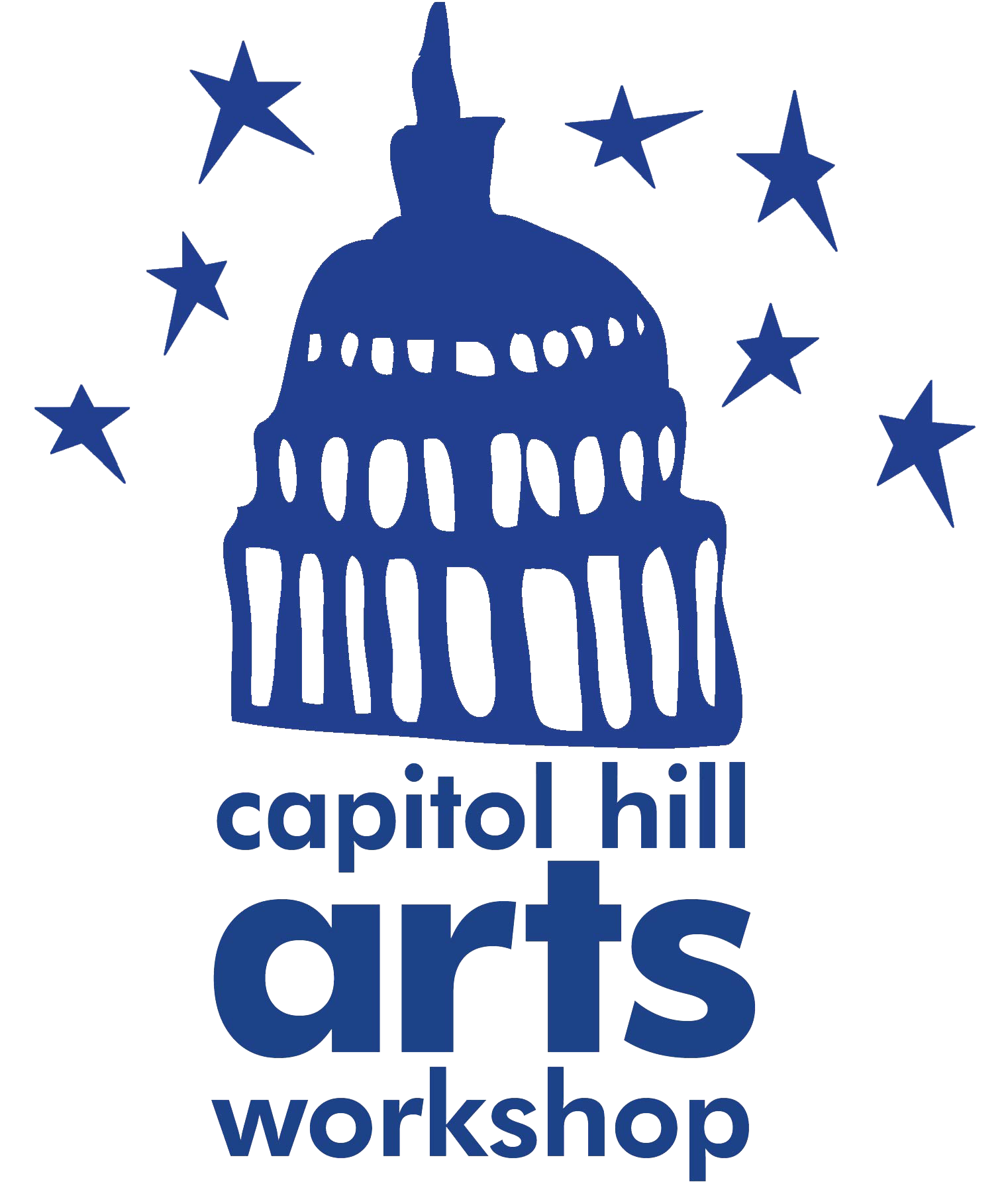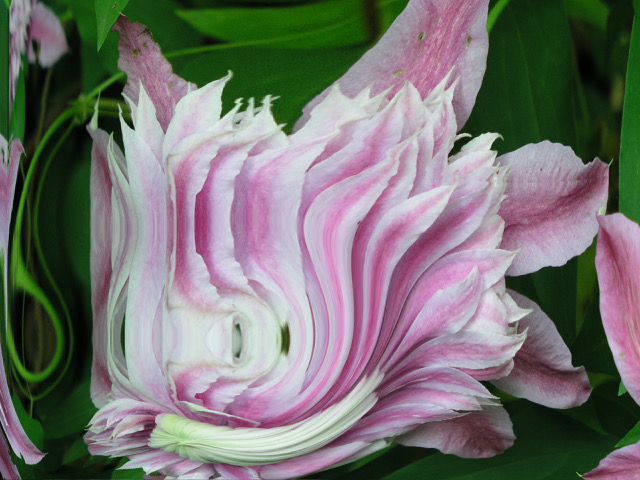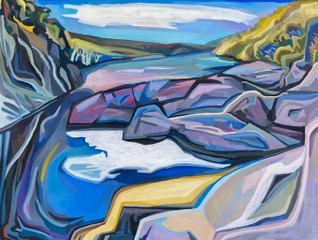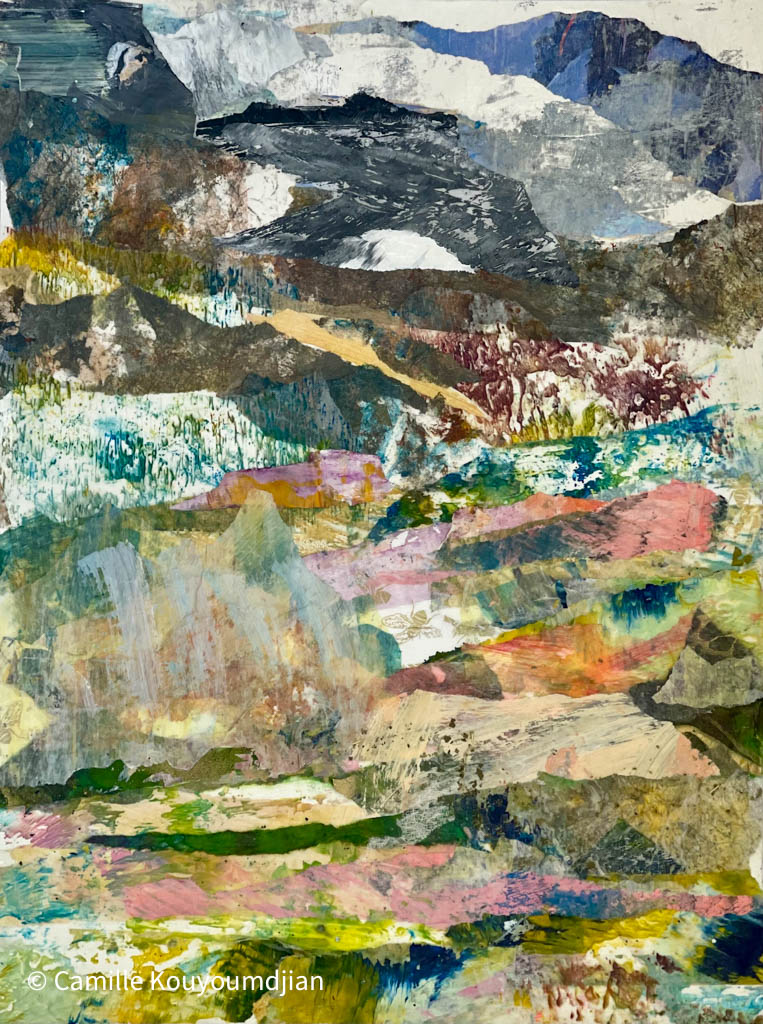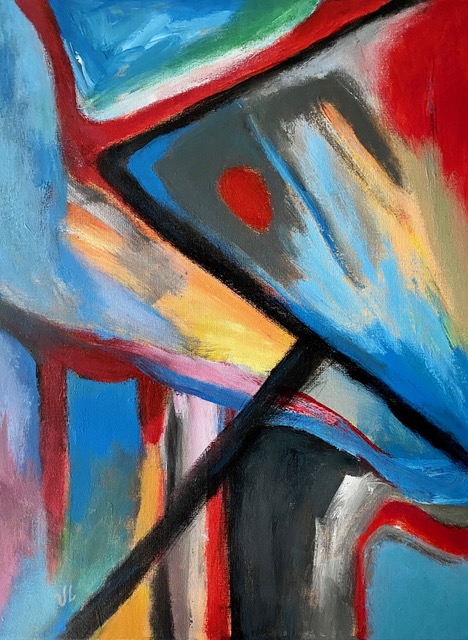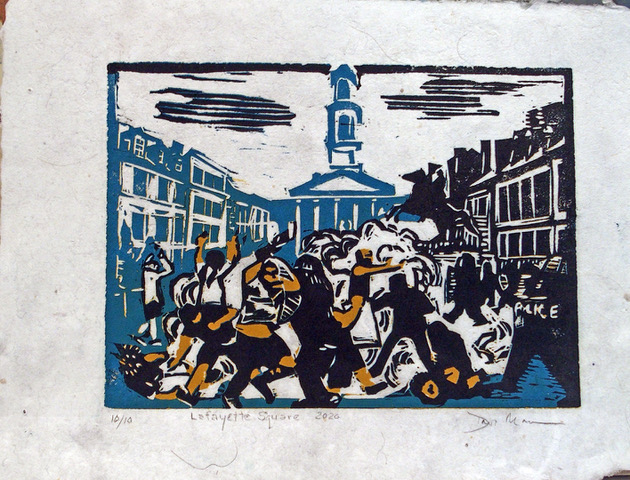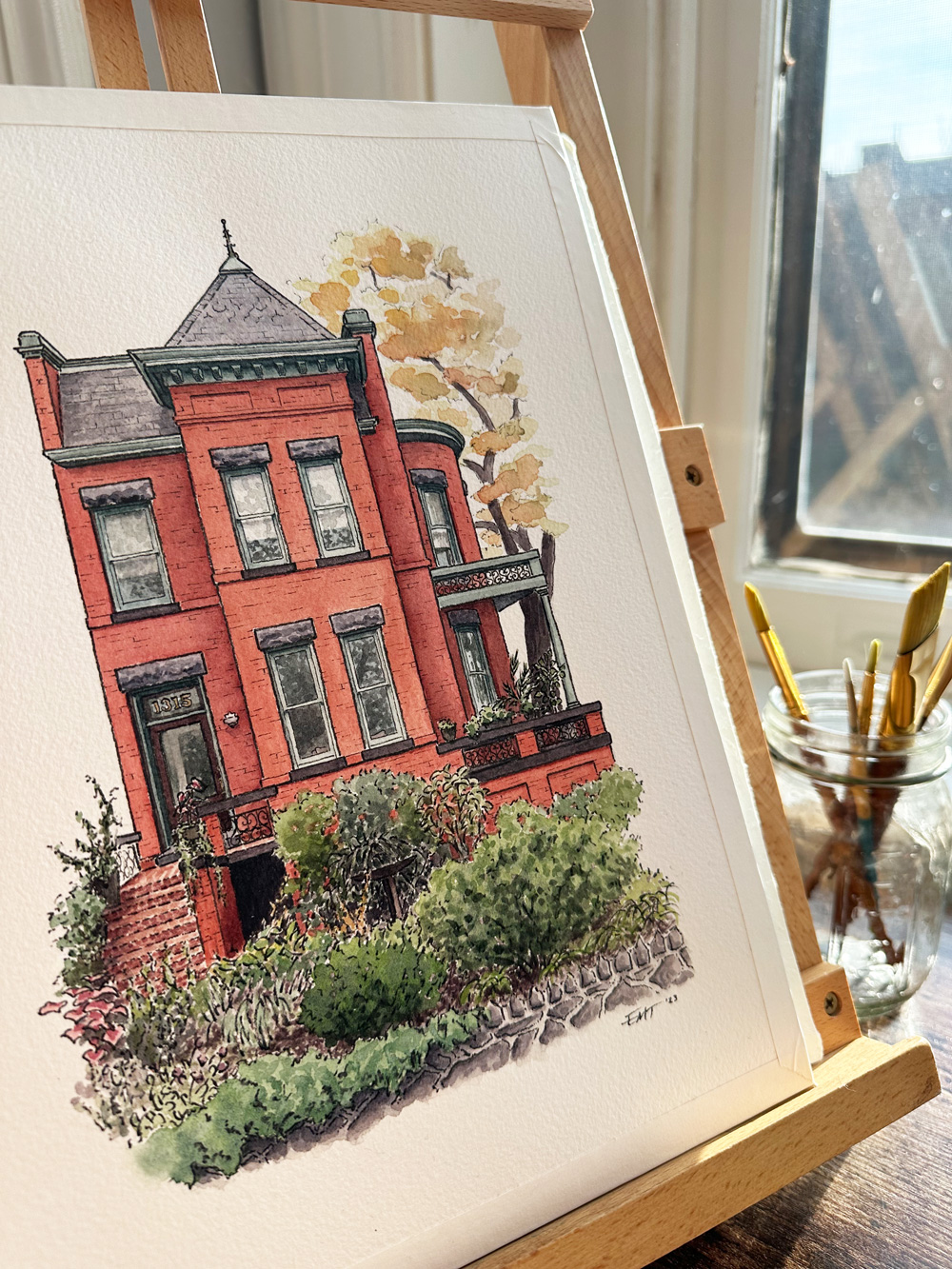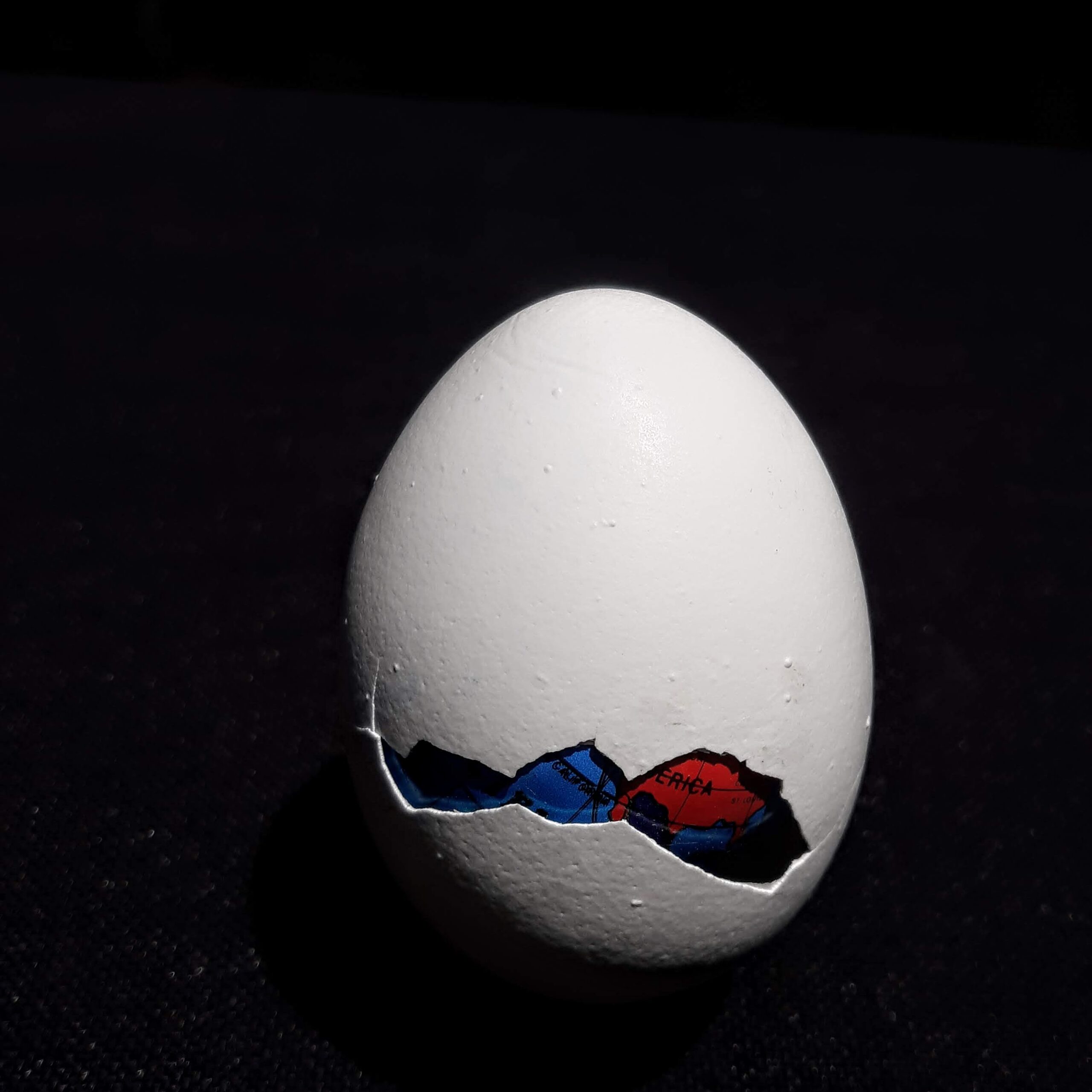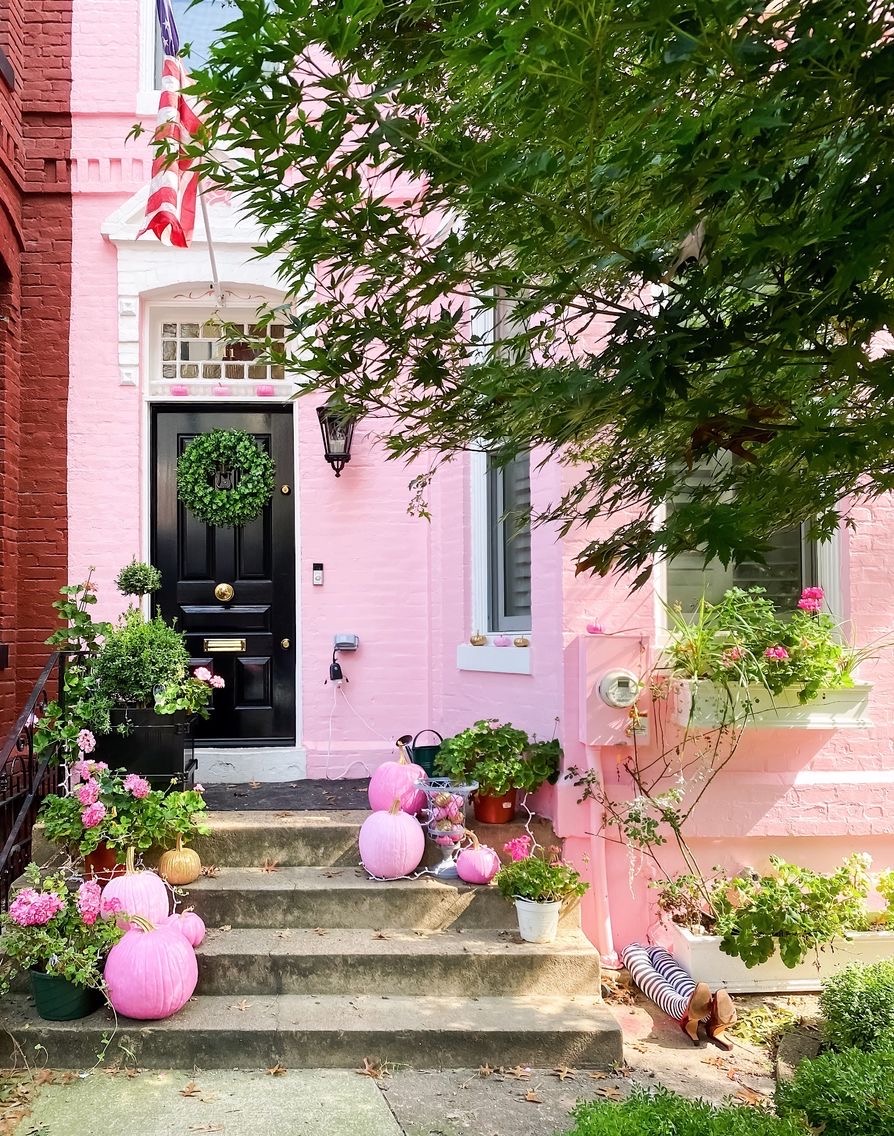It seems odd to me that photography is widely and properly considered a legitimate art form, but digital art struggles for similar respect. I think part of the answer lies in the perception of the talent necessary to produce the image. Most of us who have taken many photographs in our time on this planet have come to deeply respect those folks who can habitually snatch remarkable photos from the ether.
A common thread in my art is the exploration of the rhythms of nature, the rhythms inside and out. To ponder the evolution of all things: the earth, with its geographical history, animals, plants, and fungi. Each opens the door of wonder.
Life's journey often takes unexpected turns, leading us to discover hidden passions and untapped potential. In my case, my path from working as a policy wonk in international development to becoming a Master Gardener and Beekeeper eventually led to my true passion: artwork. It all began with my love for the outdoors and a deep connection to nature. Exploring diverse cultures and ecosystems eventually blossomed into a career in creative activism.
Over time, what’s been most important for me has been to find my own voice. And then trust and follow it, even in the face of recurring self-doubt. I think artist voices are like fingerprints, each unique in its own way. That’s why I’m so curious about other’s work: it reveals their experience and worldview.
As the world becomes
more complex, I find that visual approaches help me communicate with
people of vastly different backgrounds.
As the world becomes
more complex, I find that visual approaches help me communicate with
people of vastly different backgrounds.
I have a passion for sketching people, especially live human subjects. Aside from community classes in my youth, a couple freshman-level introductory classes in college, and a handful of courses here at CHAW, I’m self-taught and over the years have spent hours upon hours filling sketchbooks. One of my favorite pastimes is taking my sketchbook and pen to a coffee shop to draw fellow patrons, or quickly capturing other commuters’ poses/essences when riding on Metro/bus.
When I arrived at college, escaping West Virginia, yay!, I was an oblivious 17-year-old. I joined a curriculum that was really training, indoctrination, attack therapy, and an artifact of 1930s pedagogy: architecture school.
My first artistic attempts at capturing my children with a camera were not as satisfying as I wanted them to be, so I signed up for photography classes at CHAW. I liked it so much, I returned for more classes and eventually obtained a Master’s in New Media Photojournalism from the Corcoran.
